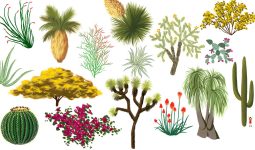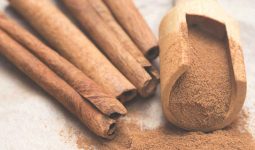Finding mice in your house or seeing a rat in the garden is always unsettling, so addressing pest issues as soon as they arise is critical.
Finding out how to get rid of mice or rats may be difficult, irritating, and sometimes costly. Surprisingly, there are some plants that repel rats from entering your house.
These popular plants and herbs, well-known for their fragrant qualities, will be repulsive to rats since their sense of smell is considerably greater than that of humans.
Additionally, unlike other traps, these natural repellents are non-toxic, affordable, and safe to use, making them the perfect choice for use around children or pets.
Below is a list of plants that repel rats.
1. Mint

Mint comes in various varieties, each with fragrant leaves that help keep rodents and insects away. Spearmint is generally the strongest if you’re unsure of which type to buy.
Mint, like the majority of perennial herbs, doesn’t need any specific growth conditions and may be grown anywhere that receives a lot of sunlight.
Since they dislike dry soil, you’ll need to keep them moist throughout the summer when rain is in short supply.
However, you’ll need to keep an eye on your mint plants. Planting them in pots is better since they are quite aggressive and may quickly take over an entire garden bed if you don’t trim them.
Any spare leaves may be neatly dried and used for cooking or tea.
2. Onion

The strong onion smell might temporarily repel rats since they are sensitive to spicy smells.
While many people may enjoy and relish the flavor of this common root crop, certain tiny animals may experience negative side effects from doing so.
It may be fatal when rats consume a tiny amount of raw onion. Rarely do rats intentionally eat raw onions.
They may be willing to make an exception, but only if other flavors cover the smell or the meal contains meat.
Additionally, since heat denatures the harmful components of cooked onions, they are not dangerous to rats.
However, if their skin is completely intact, raw onions buried in the ground may not be the most efficient repellent.
To reveal their spicy scent, they must be sliced. Consider adding finely chopped pieces to an organic pesticide that you may apply to garden areas where rat burrows and droppings have been found. This is undoubtedly one of the best plants that repel rats.
3. Lemongrass or Citronella
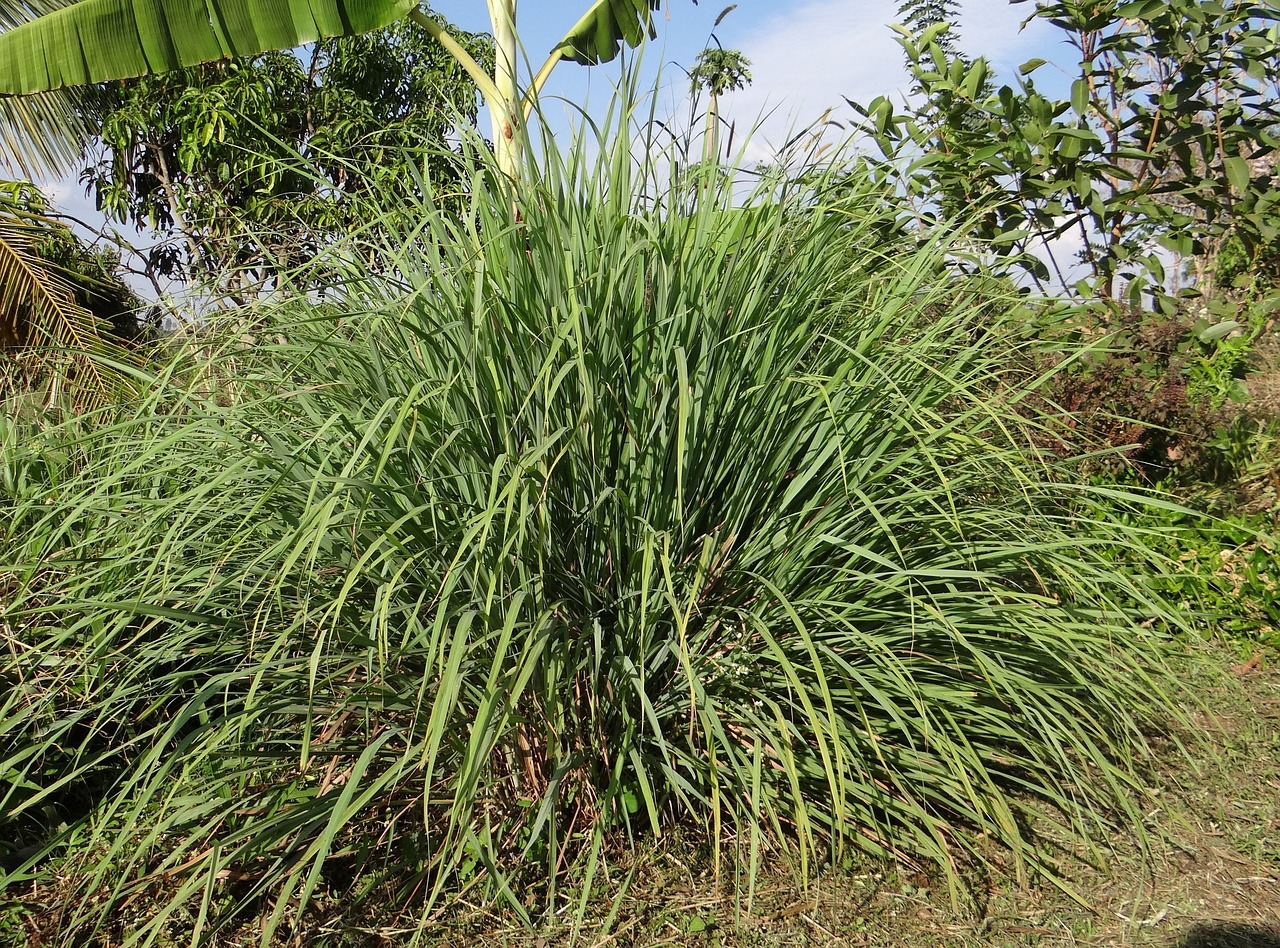
Lemongrass is a grass-like, tropical plant with a fresh, citrus aroma that mice and rats don’t enjoy.
To deter pests, lemongrass plants should ideally be grown or placed outside. Rats also detest the citronella’s lemon-like scent, which you may readily use in and around your house.
If you cannot grow lemongrass in your garden, you may purchase candles made of citronella or spray their essential oils.
In addition, lemongrass extract oil will be considerably more effective against rats if combined with other essential oils.
Lemongrass and citronella are the most efficient insect repellents known to eliminate mosquitoes and other common pests. This is undoubtedly one of the best plants that repel rats.
4. Camphor Laurel
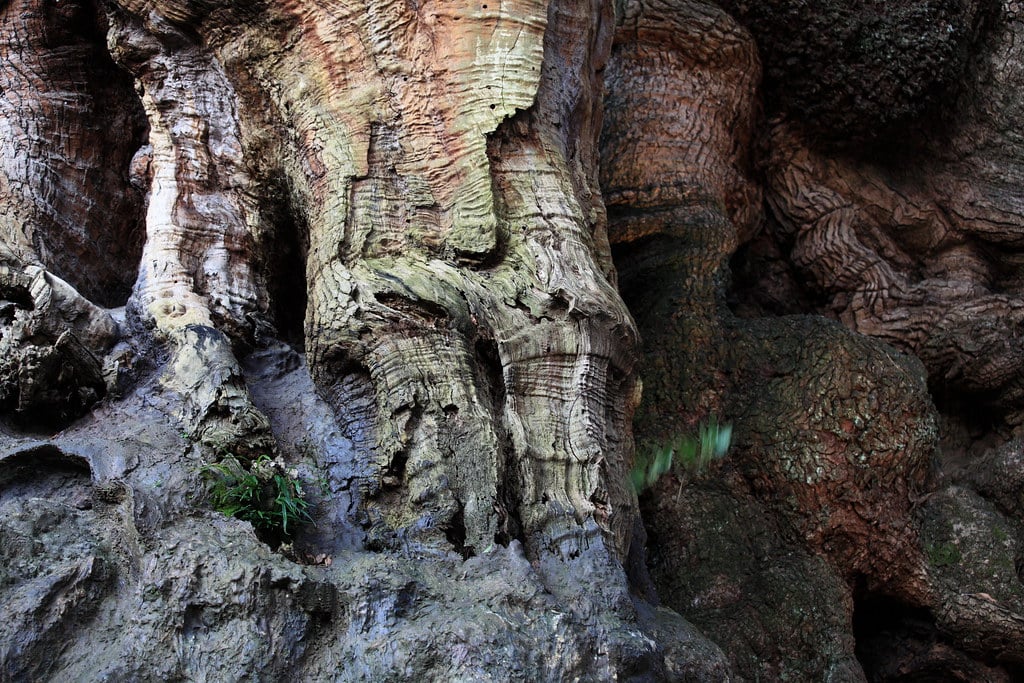
You could grow camphor laurel in your yard as a natural rat deterrent if there is enough room for a full evergreen tree.
The glossy leaves of this beneficial tree have a distinct camphor odor when crushed. The earliest examples of this species are held sacred in various cultures.
Compounds found in the camphor laurel, including all of its wood, make it one of the plants that repel rats.
The whole plant may be used to extract the flammable, crystalline chemical known as camphor.
It is an essential component in incense and other foods with strong aromas. Fake eucalyptus oil is also made using cineole, a component of one of this tree’s aromatic components.
Due to its strong scent and adverse consequences upon eating, camphor may deter mice and rats.
Even in bigger animals, camphor toxicity often manifests as nausea, diarrhea, and skin irritation.
However, keep in mind that when grown under ideal circumstances, it does have a propensity to compete with native species.
5. Rosemary

For centuries, people have used rosemary as a beautiful plant, food ingredient, source of scented oils, and medicinal herb.
This commercially significant crop is grown on a plant with extraordinarily resistant leaves that resembles succulents.
Since it is a perennial, its branches may naturally survive mild winters by becoming dormant.
As a result, it is the perfect all-around pest-repellent plant in temperate zones.
Curious rats may be deterred by the distinctive scent of rosemary leaves, which is intensified if the leaves have been clipped or damaged.
As long as they are placed in the proper locations, such as along walkways and near fence gaps that may be visited by wild visitors, intact leaves on large bushes may still be beneficial.
This is a safe plant to grow if your dogs and kids play in your garden.
Since dogs and cats mainly ignore rosemary, it takes a significant quantity of the herb to have any negative effects.
To deter rats from trying to enter your house through windows and entrances, place chopped rosemary sprigs around them or even spray rosemary oil on them. This is one of the best plants that repel rats.
6. Bergamot
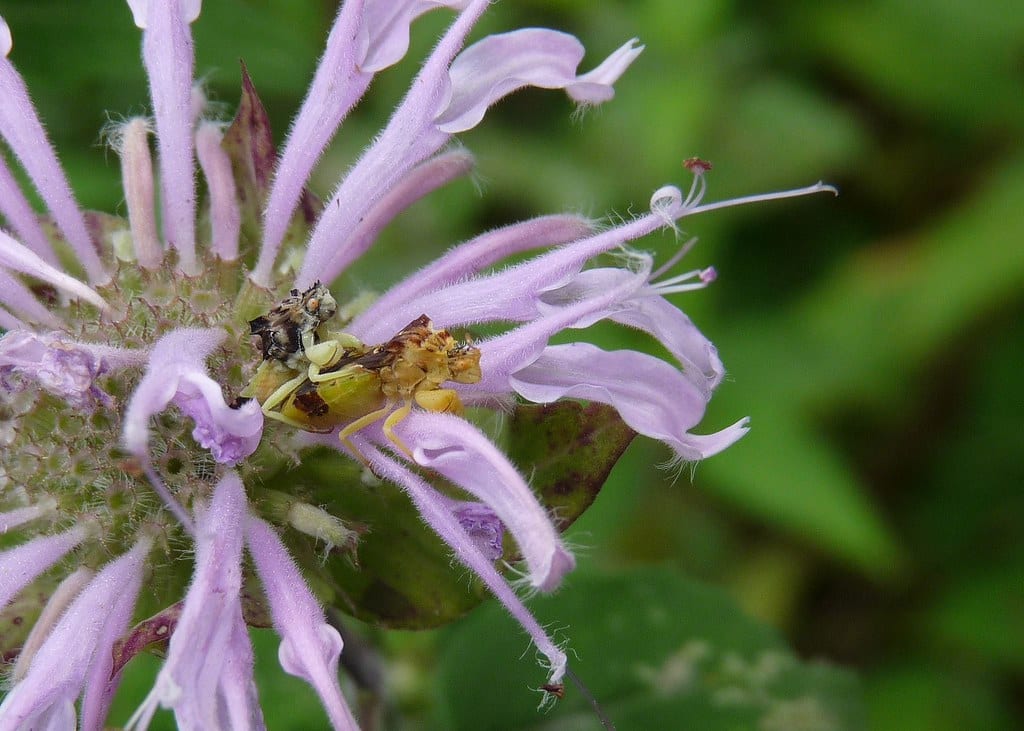
The bergamot orange is used to make bergamot essential oil, one of the most widely used aroma oils in the perfume industry.
A more modern and skin-friendly substitute for the first kind of bergamot oil is made from a specific water mint.
According to research, C. bergamia includes photo-carcinogenic substances, which could result in negative side effects, including rashes, when exposed to light.
Linalool, limonene, and linalyl acetate are the three primary components of bergamot oil.
Recent studies have shown its potential for keeping home mice away since they don’t appreciate the strong scent the oil emits.
Compared to bait infused or dusted with essential oils of lavender or thyme, they are less likely to eat it if it contains bergamot oil.
This emphasizes how effective it is as a deterrent in circumstances when other herbs could fail.
Plants that have not yet begun to generate these oils may not be as successful at keeping rodents away as those with strongly-scented leaves and deadly sap since the oil is derived straight from the fruit.
Rats probably need to ingest bitter fluids from the fruits to avoid the tree itself.
Wearing gloves when experimenting with distributing the fruit’s juices or oils over infected areas of the garden is advised.
7. Chrysanthemums

The presence of huge flowers in a rainbow of striking colors is unnecessary in a rat-repellent landscape. Chrysanthemum beds and borders may be sprinkled throughout.
There are many varieties of these magnificent Asteraceae plants that repel rats.
You’ll likely locate a few in your neighborhood plant nursery or garden shop due to how well-liked they are.
They bloom during fall. Therefore, the ideal time to buy them is before or during that season.
Due to the special mixture of insecticidal substances in their flowers, chrysanthemums are excellent against rodents.
Although a stronger exposure may be necessary for these bigger animals, they act against rats in the same manner as they may be fatal to insects.
Pyrethrin, now regarded as the most significant natural pesticide in the world, is infused into the yellow centers of the flowers.
Farmers may simply dry chrysanthemum flowers to gather pyrethrin since it is organic and safe manually.
It is necessary to maintain its stands regularly to ensure that the plant doesn’t draw its pests, like worms and thrips.
8. Daffodils

Daffodils are among the best plants that repel rats because of their strong scent, but humans like them because of their delicate and colorful spring flowers.
A mixture of terpenoids that create the scent attracts various insects, aiding in pollination.
The bulbs poison numerous tiny, warm-blooded creatures, such as rats, squirrels, and voles.
Planting daffodil bulbs around flowerbeds of species particularly vulnerable to animal grazing is a good idea.
The bulbs of these plants should still prevent rats from digging burrows, even if they were not as effective outside of spring when the flowers are missing, and the leaves begin to fall back.
The fragrant flowers must be present for the repellant to work at its best above ground.
Another drawback of utilizing solely daffodils as a pest deterrent is the annual necessity for tilling the ground and digging up the bulbs.
Remember that they are often handled as annual plants, so maintaining them may take longer than maintaining perennials.
9. Black Pepper
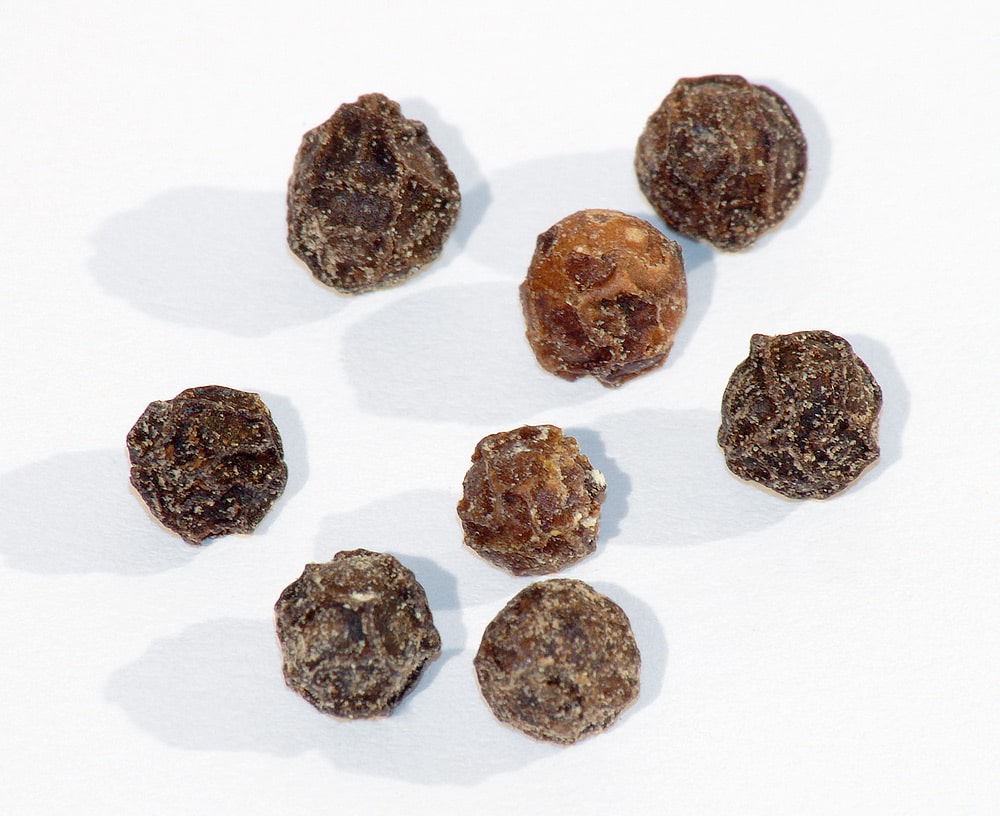
Black pepper is one of the best plants that repel rats. Since its usage in cooking goes back to 2000 BCE, it seems to have been cultivated for a very long time.
Black pepper, formerly regarded as a very expensive spice, is now considered a common flavoring, traditional medicine, and bug repellant and has a powerful smell.
Mice and rats avoid black pepper because they instinctively use their sense of smell to distinguish between plants that are safe to consume and those that could be poisonous.
They would be advised to avoid this plant since it contains piperine, a phytochemical that gives peppercorns distinctive flavor and strength.
Rats are poisonous to piperine, which also naturally irritates the nasal passages.
Gather and crush black peppercorns to make the substance more effective as a rodent deterrent.
Combine the particles with the capsaicin-containing cayenne pepper.
The combined actions of piperine and capsaicin should temporarily deter most forms of vermin.
The scent of the black pepper essential oils should deter them from keyholes across your house.
10. Sage
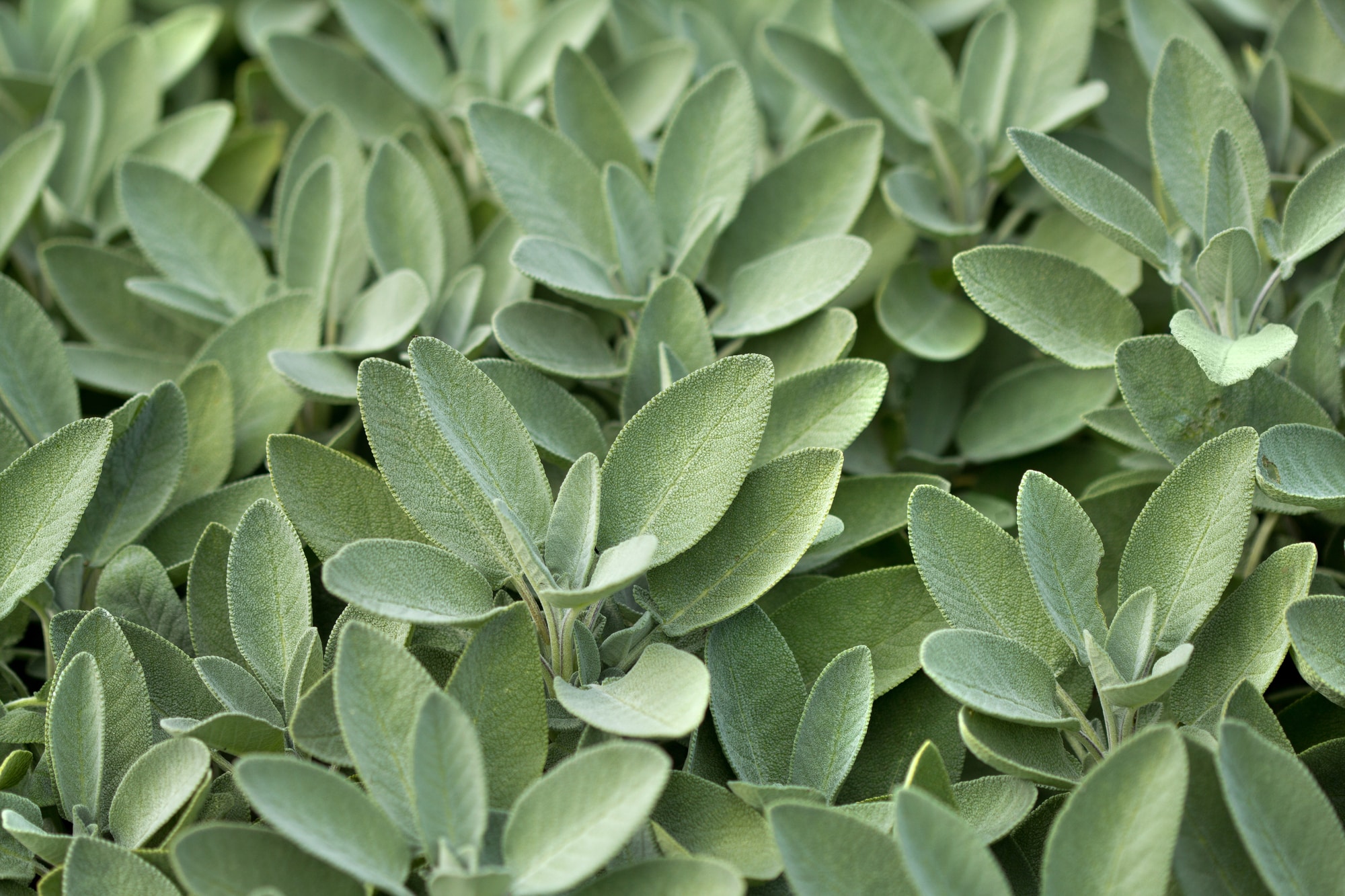
Outdoor sage will overwinter and develop into a perennial plant in most temperate countries (zones 5 to 8).
You can still grow it as an annual if you’d like, but the plants won’t withstand fluctuations in temperature if it’s any hotter or colder.
Due to its strong scent, either white or green sage may be cultivated to deter rats.
It is a hardy plant that thrives in various soil conditions as long as there is good drainage and enough sunlight throughout the day.
It may grow into bushes up to three feet high since it is a perennial and will continue to grow yearly.
You should give them some space, but you may keep them in check by collecting their leaves in the fall for culinary purposes.
11. Elderberry
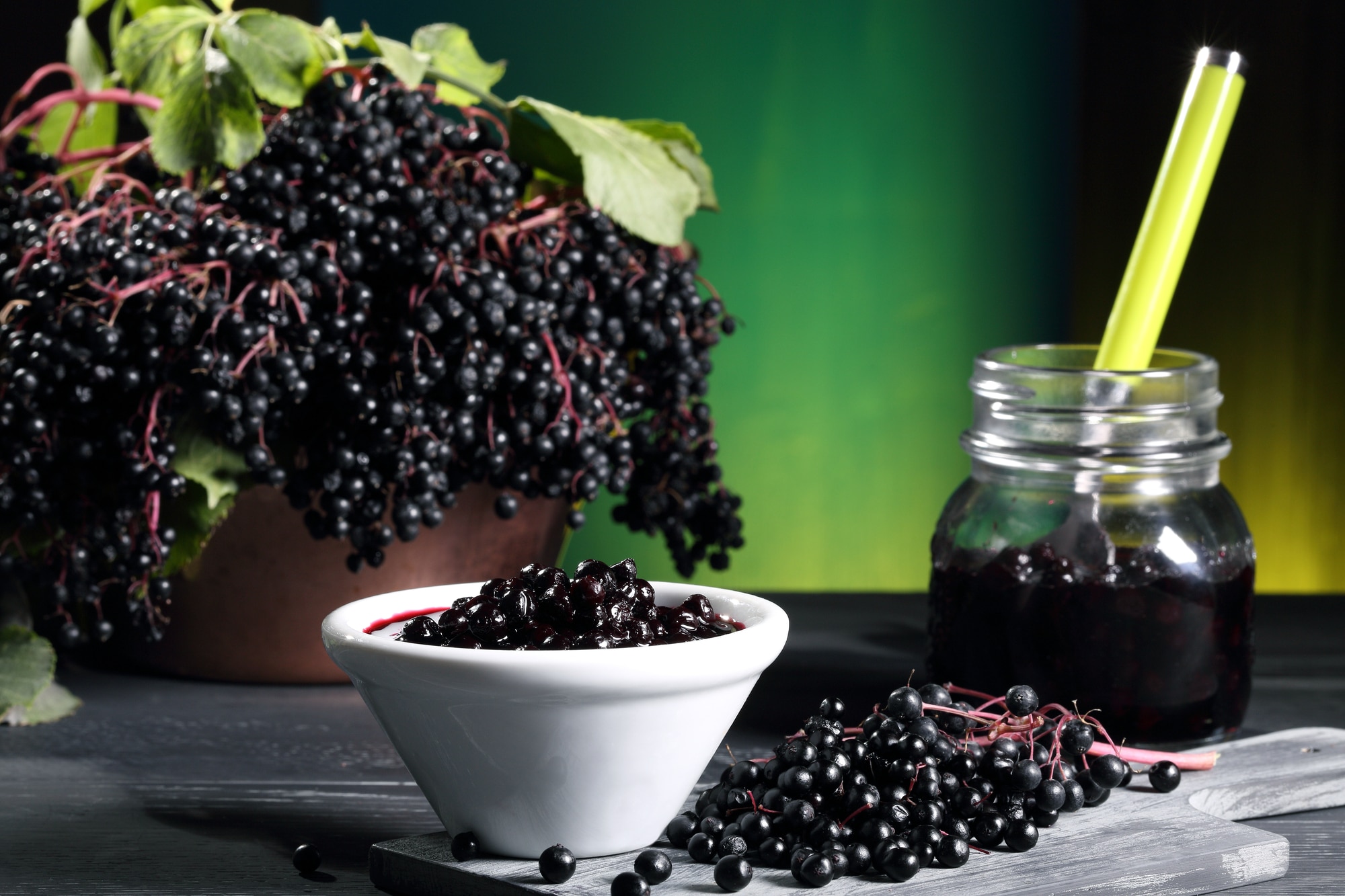
Due to the attractiveness of its flowers, fruits, and leaves, elderberry plants are commonly grown as decorative perennials.
The American elder (S. canadensis) and European elder (S. nigra) are two species often used as medicines in the West.
When fully grown, they may reach heights of 4 to 15 feet (1.2 to 4.6 meters) as shrubs. Some elderberries’ black to red berries are poisonous to humans.
The fruits of the more widespread species may be eaten safely in meals that have been cooked or fermented, but their bark, leaves, stems, and roots are often poisonous.
When taken in excessive quantities, elderberry extract from the fruits and bark may be hazardous to rats and other animals.
Elderberry shrubs may make excellent border plants for the garden since bigger wild animals and rodents often avoid them.
Although S. nigra glycosides are known for being harmful, when used in the proper quantities, they are also thought to have therapeutic effects.
If you have dogs and kids visiting your garden, avoid growing elderberry plants there. Elderberry is one of the plants that repel rats because of its strong scent.
12. Peppermint
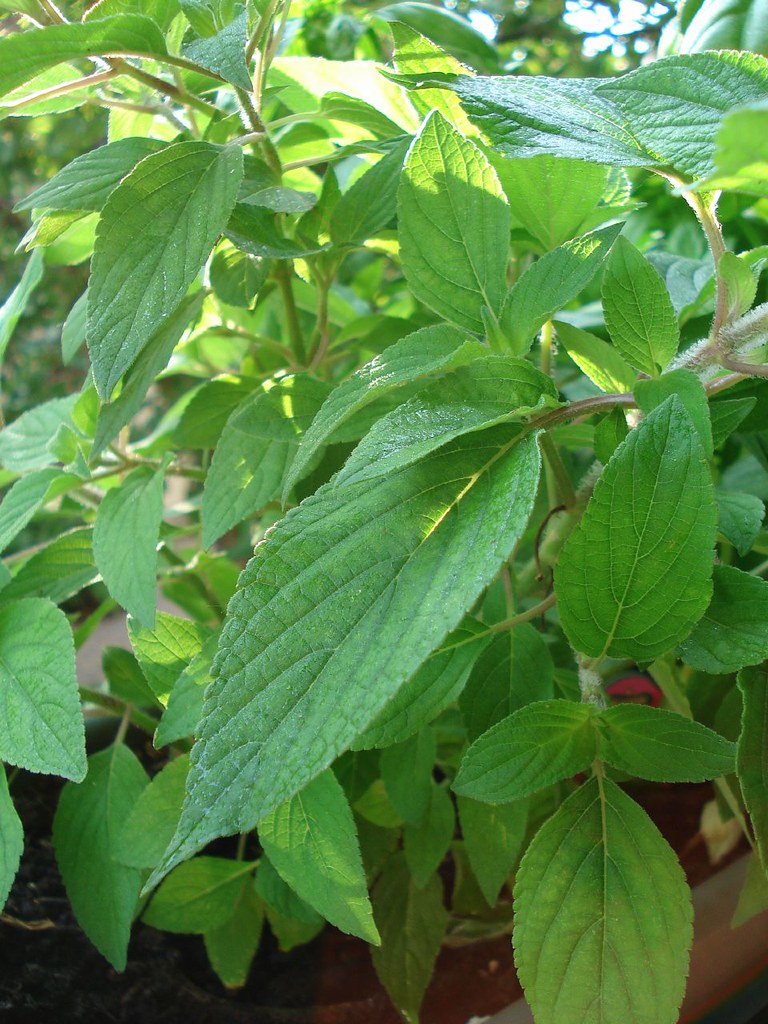
Peppermint is a hybrid between the blooming plants Mint aquatica and Mint spicata, both of which have strong scents.
It is now used as a culinary and decorative herb worldwide. It is a perennial that spreads swiftly and grows quickly.
The leaves have a light minty fragrance when they are whole. The leaves essential oils, which have pesticide qualities, are released more when crumpled in the palms and chopped up.
Rodents are often repelled by peppermint oil’s scent-producing phytochemicals, menthone, and pulegone.
The oil is praised for being an inexpensive and environmentally beneficial deterrent.
Additionally, it is an ethical choice since it does not necessarily kill rodents.
If there are large peppermint plants outside, you can gather and scatter the leaves in potential rodent-infested locations.
Additionally, you may buy the extracted oil, add some water, and use it as a spray repellant.
Unfortunately, when grown outside, the herb does not always deter rats. These rats may even run through thick stands, droppings that feed the roots.
The oils must be released for the plant to function properly. This is one of the best plants that repel rats.
13. Lavender

Most people cultivate lavender for no particular purpose. Even when rats aren’t a problem, people often choose them because of the pleasant scent and the attractive purple flowers.
Similar to sage, it may be cultivated as an annual elsewhere and as a perennial in areas with mild temperatures.
In fact, rather than letting the lavender die back during the winter, you may cultivate part of it in pots and bring it indoors.
Their preferred environment is dry, and some types are even thought to be drought-tolerant.
Don’t bother with more fertilizer; ensure they get enough sun and mild weather. You may leave them alone to develop and produce a mosquito and mouse-repelling barrier.
For additional aromatic insect protection, you can also pick some purple flower spikes to scatter about the home.
14. Christ Plant
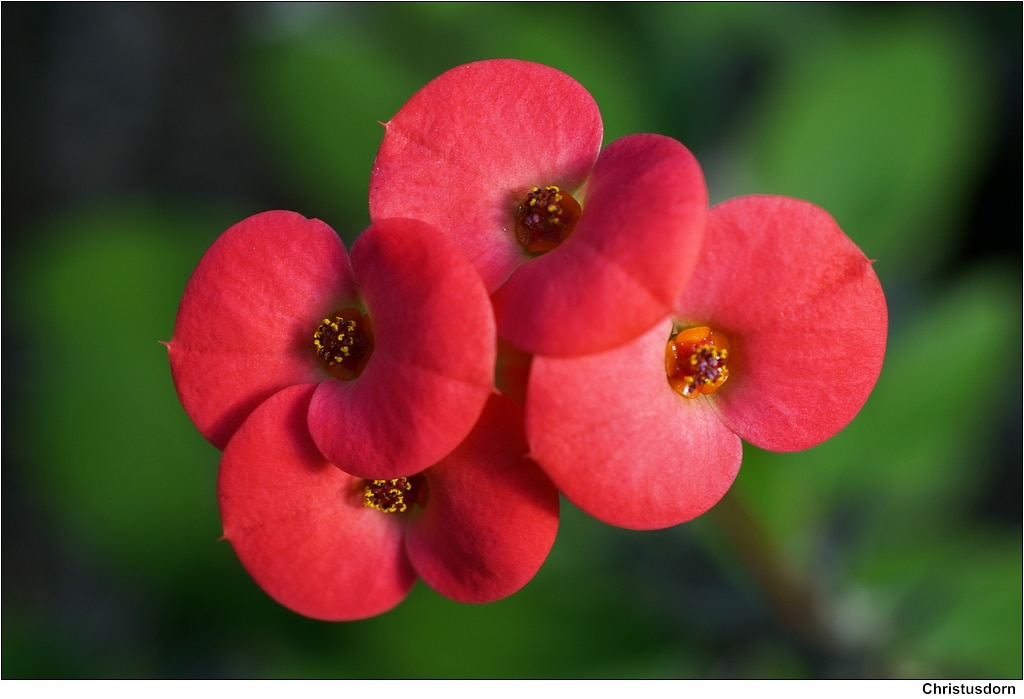
Due to its prickly branches, the Christ plant, sometimes called crown-of-thorns, is a well-known ornamental species.
It doesn’t need much care and is highly resilient and disease resistant. Under ideal circumstances, its sturdy shoots may reach heights up to 5 feet (1.5 meters).
The spiky spines of the larger specimens may make handling them by hand difficult.
The combination of this plant’s exterior and interior characteristics results in a two-fold impact as a pest deterrent.
This is one of the plants that repel rats, and numerous animals with delicate bodies stay away due to the spines.
Rats are susceptible to the acute irritant the sap secreted by severed stems produces since it harms even huge domesticated animals.
The poisonous traits of the sap probably evolved as a defense mechanism against possible grazers in the wild.
The Christ plant doesn’t need to be manually harmed to expose its sap, making it a rat deterrent.
It must develop its spiny shoots in an intact arrangement to behave as a somewhat impenetrable wall.
Planting this species directly in front of the openings can deter rats from accessing your garden if you believe they are doing so through fence gaps or holes.
15. Geranium
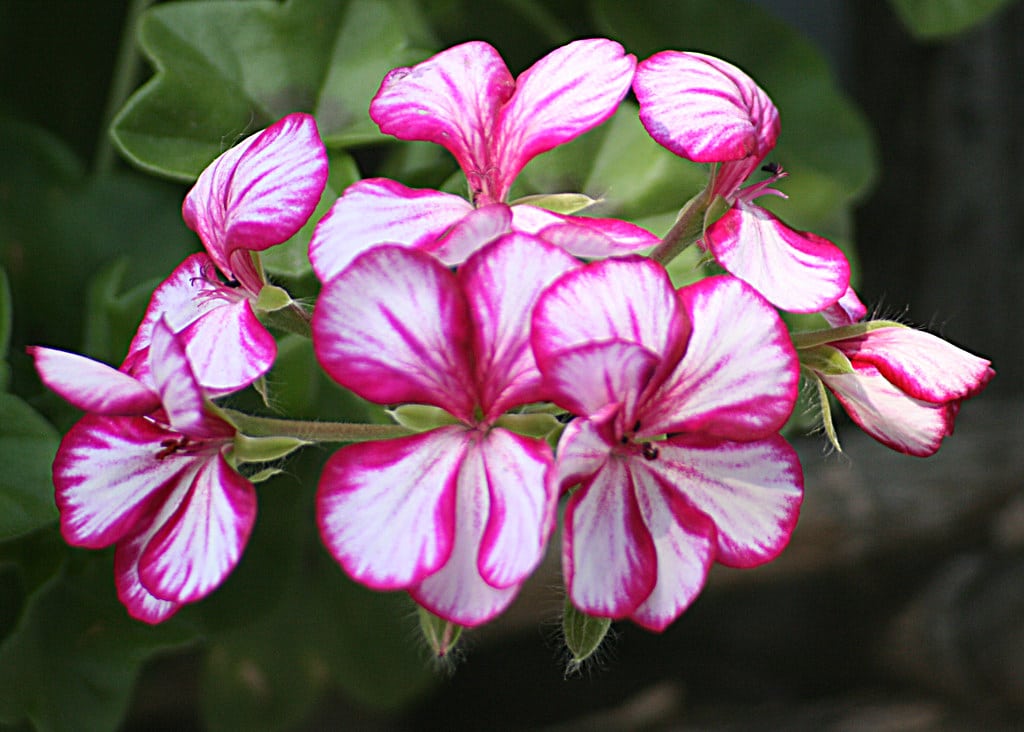
Geranium oil, which has a strong scent reminiscent of roses and is made from the plant P. graveolens, is an extensively grown commodity for its manufacturing.
It is an evergreen shrub that typically grows to a maximum height of 4 feet (1.2 meters) at a moderate rate.
In addition to being well known for its essential oil, it is also regarded as a wonderful decorative plant with stunning flowers of vibrant color.
Studies have shown that geranium oil helps prevent insects and other pests like houseflies.
Unsurprisingly, fragrance oil has also been proven to deter rats, especially when combined with bergamot oil.
The plant may also induce skin irritations and vomiting in dogs and cats, making it somewhat poisonous.





